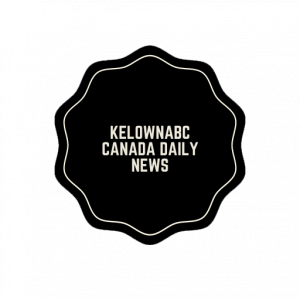Labor Day is a good time to look back at how the BC job market has evolved since the onset of the COVID-19 shock that began in the first quarter of 2020.
As of July 2022, total employment in the province stood at 2.74 million. This is almost 4 per cent higher than the pre-pandemic level back in February 2020. Overall, BC has posted a solid employment rebound in the last 2.5 years.
As for the unemployment rate, in July 2022 it reached 4.7 percent, well below the figures during the spring and summer of 2020 when COVID-driven economic disruptions were at a peak. One year ago, B.C’s. unemployment rate was 6.6 per cent, so it has dropped by another two percentage points in the last 12 months.
Other indicators also point to a hot labor market. Statistics Canada estimates there are more than 100,000 job vacancies in BC, an unusually large number that aligns with anecdotal reports of employers scrambling to find and keep workers. A low unemployment rate coupled with plentiful vacancies and higher inflation is putting upward pressure on wages and salaries. In July, average weekly earnings in the province were up 7 per cent compared to the same month one year earlier. This reflects a combination of higher hourly earnings and a small increase in average weekly hours worked.
Looking ahead, I would note that the province’s economy is now losing steam amid a turbulent and uncertain global backdrop and decelerating growth in both the US and Canada. This means that the pace of economic activity – including employment growth – is almost certain to cool over the remainder of 2022 and into next year. But I don’t anticipate a full-scale recession in the province.
A closer examination of the data suggests that BC’s job recovery has not been quite as robust as it may first appear. Employment has regained or surpassed the February 2020 level in eight industries. It remains below pre-pandemic benchmarks in seven other industries and is unchanged in one. Approximately 185,000 jobs have been created across the eight “growth” industries since early 2020. However, employment is down by 85,000 in industries hit harder by COVID-19, leaving net employment in BC up by roughly 100,000.
It turns out that more than 90 per cent of the job gains since February 2020 have been concentrated in just six industries, including several where government directly or indirectly is the dominant employer. Heath care and social services have added more than 50,000 positions, there are 25,000 more people toiling in public administration roles, and payrolls in the education sector have expanded by 20,000. All of these “industries” are part of the broadly defined public sector. In terms of the private sector, 40,000 jobs have been gained in professional, scientific, and technical services. Smaller employment increases are evident in natural resources, manufacturing and information, cultural and recreation industries.
By my count, at least 70 percent of the net jobs created in BC since February 2020 have been in the public sector. Put simply, we have experienced a pronounced rotation towards public sector employment since the onset of COVID in early 2020.
An expanding public sector as the main factor driving the labor market rebound obviously isn’t sustainable. Nor is it a healthy situation. Public sector employees do important work, and they deserve to be fairly compensated. But in the end, it is taxpayers, collectively, who provide the financial resources to pay their salaries and cover most of the cost of their extensive benefits.
A balanced economy is one where the private sector – which accounts for three quarters of economic activity in BC – is the primary engine of economic growth and job creation. Government ministers and public officials would do well to reflect on this point as they enjoy some rest and relaxation on Labor Day.
Jock Finlayson is a senior policy advisor with the Business Council of British Columbia.
Tourism










